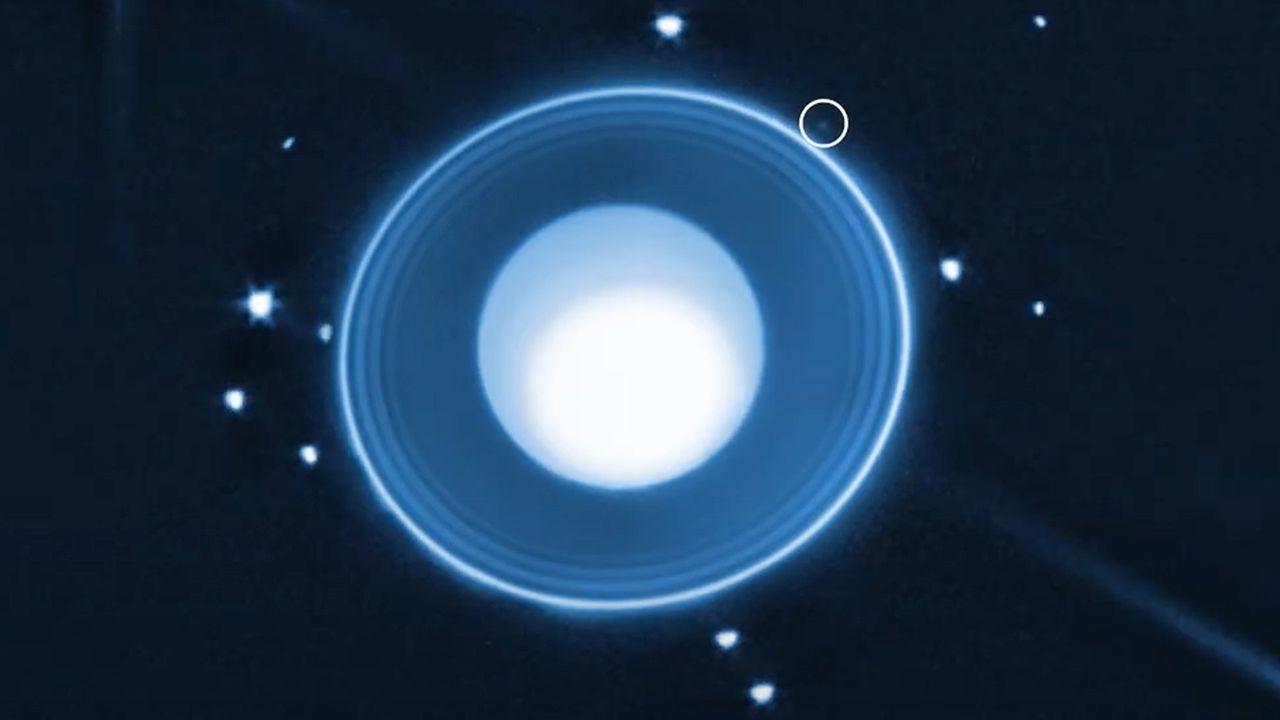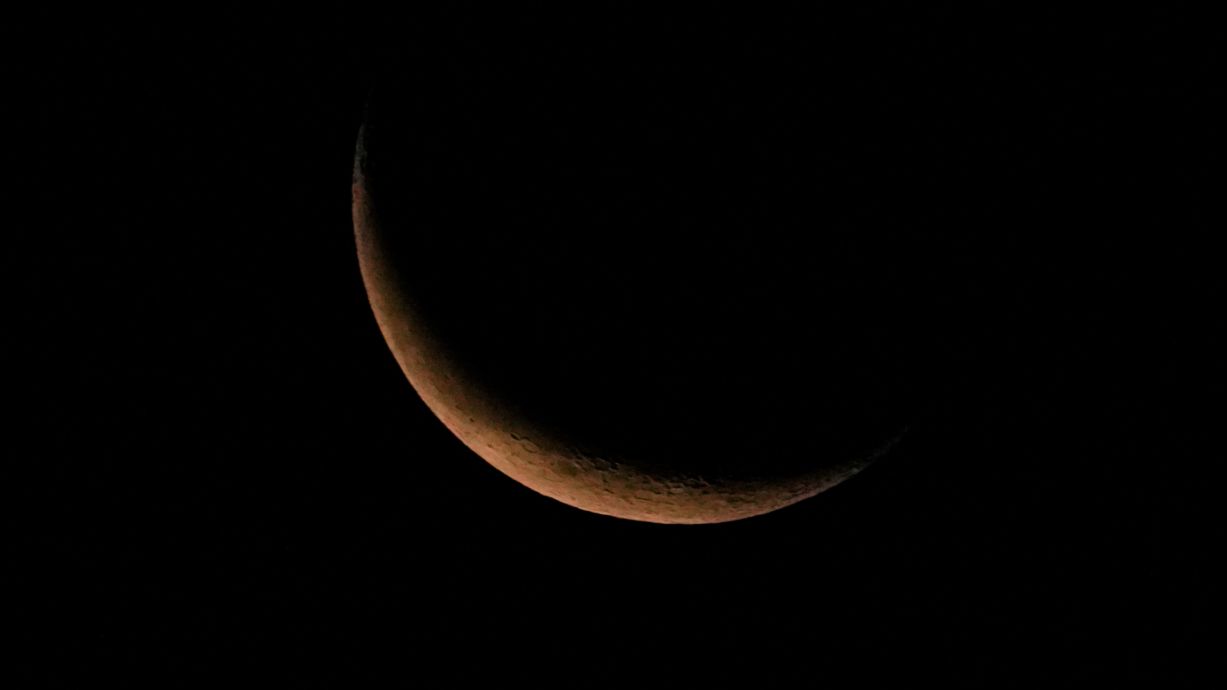Now Reading: James Webb Telescope Discovers Small New Moon Orbiting Uranus
-
01
James Webb Telescope Discovers Small New Moon Orbiting Uranus
James Webb Telescope Discovers Small New Moon Orbiting Uranus

Quick Summary
- Astronomers using NASA’s James Webb Space Telescope (JWST) discovered a small moon, S/2025 U1, orbiting Uranus.
- Teh moon is about 6 miles (10 kilometers) in diameter,making it undetectable by previous telescopes and probes like Voyager 2 in 1986.
- JWST’s Near-Infrared Camera (NIRCam) conducted ten 40-minute exposures to reveal the moon.
- S/2025 U1 brings the total number of known moons around Uranus to 29.
- Positioned approximately 35,000 miles (56,000 km) from Uranus’ centre, its circular orbit suggests it may have formed there.
- The newfound moon orbits among Uranus’ inner moons and faint rings. It will be named officially by the International Astronomical Union in the future.
- Scientists suggest that more discoveries could emerge due to JWST’s advanced capabilities.
Images:
- Composite image showing details of Uranus’ atmosphere, rings, and moons including S/2025 U1 captured by JWST.
- Image highlighting S/2025 U1 circled at top with other moons visible around Uranus’ rings system.
- historical image of Uranus’ rings captured during Voyager 2’s flyby.
Indian Opinion Analysis
The discovery of a new moon around Uranus highlights humanity’s growing ability to study distant planets through advanced technology such as the James Webb Space Telescope (JWST). This achievement represents continued progress since Voyager 2’s mission three decades ago and underscores how innovation builds upon prior exploration efforts.From India’s outlook as an emerging force in space sciences with projects like Chandrayaan missions and ongoing developments for interplanetary exploration, such milestones serve as inspiration for strengthening global partnerships or investing further in deep-space research programs. These findings also emphasize opportunities for collaboration between nations committed to scientific advancement – especially with India’s focus on producing cost-effective yet high-impact satellite technologies that complement global astronomical efforts aimed at unraveling mysteries beyond Earth.






















